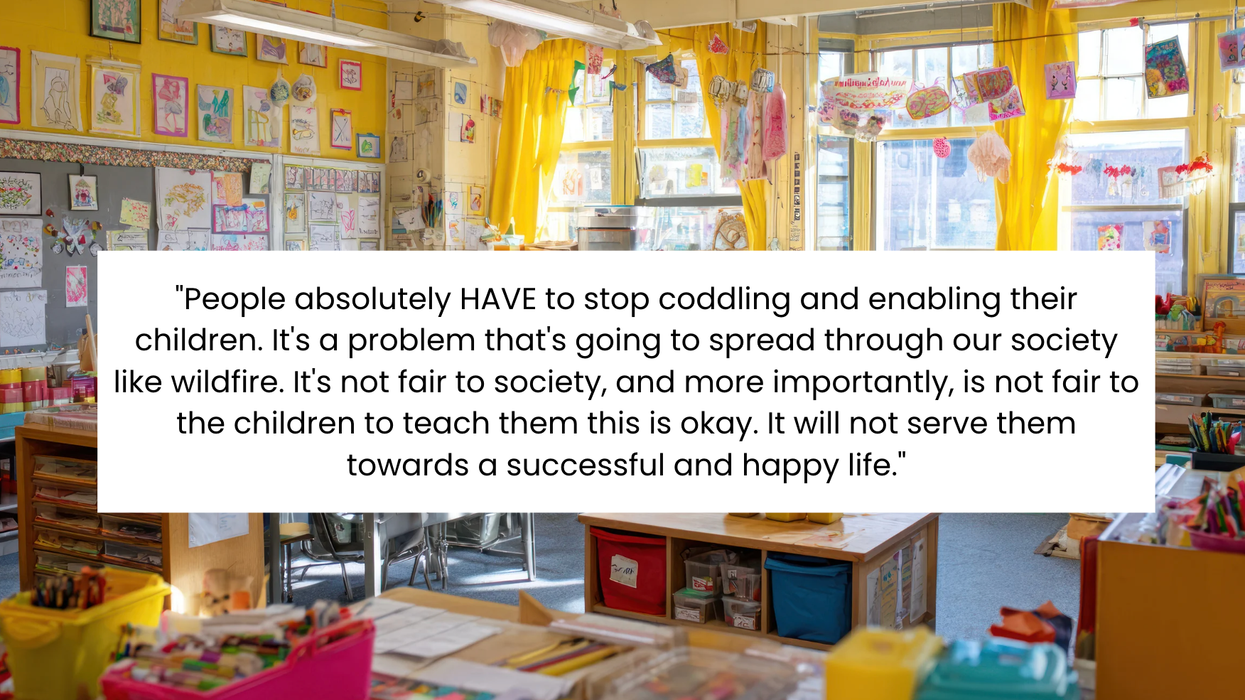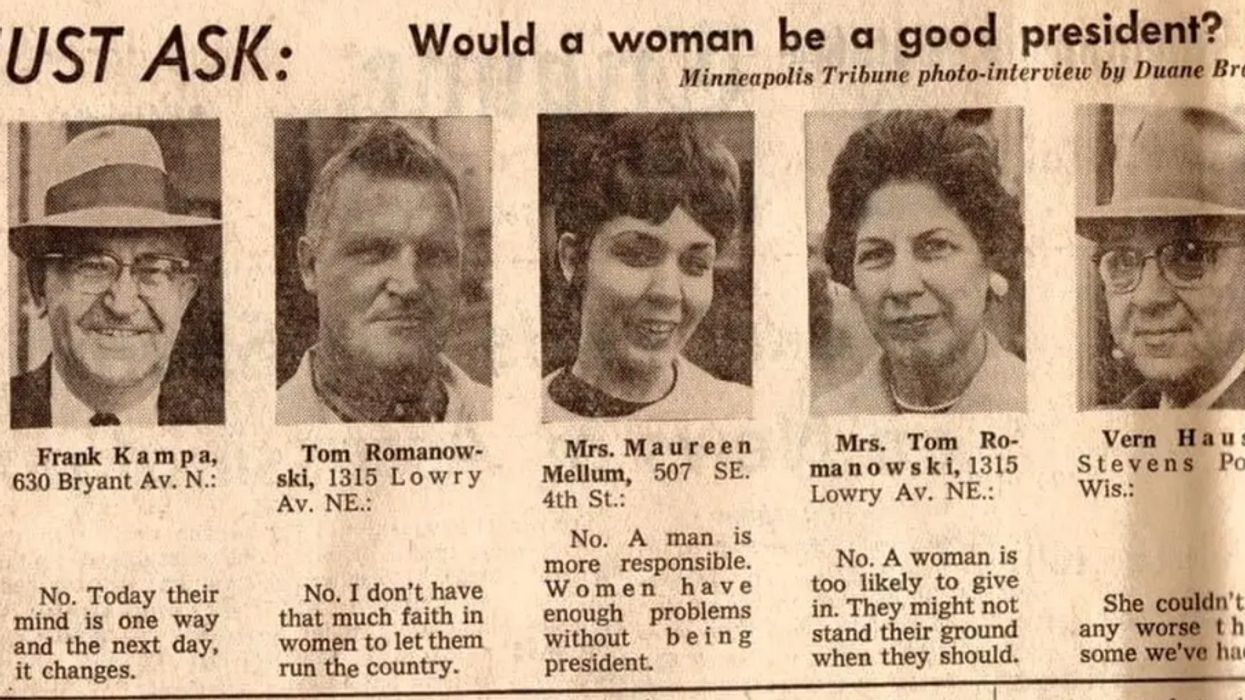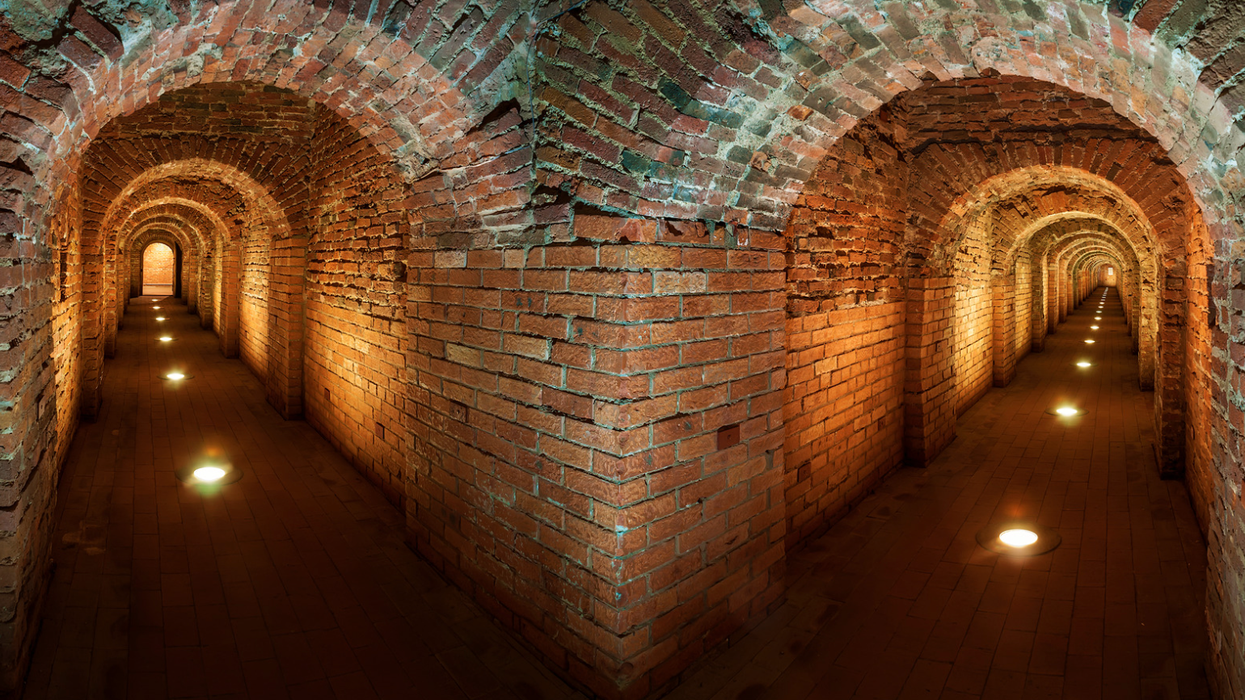Every three months, GOOD releases our quarterly magazine, which examines a given theme through our unique lens. Recent editions have covered topics like the impending global water crisis, the future of transportation, and the amazing rebuilding of New Orleans. This quarter's issue is about cities, spotlighting Los Angeles, and we'll be rolling out a variety of stories all month. You can subscribe to GOOD here.
Forget Stockholm or Copenhagen or any of those tidy, polite, well-managed Scandinavian cities. Forget that cherished model of North American transit planning, Portland, Oregon, a perfectly fine and impressive study, but made for a small and more easily managed city. To find smart, progressive transportation solutions for a city as massive, frenetic, and sprawling as Los Angeles, we must look toward the surprisingly effective models in places every bit as massive, frenetic, and sprawling.
Amidst enormous internal urban migration, routine corruption, and perennially strapped budgets, a number of South American cities have tamed the auto craze to create livable streets and incredibly efficient mass transit.
Curitiba, Brazil
Thirty years ago, a maverick mayor, Jaime Lerner, pioneered Bus Rapid Transit. Lerner calls it a “surface subway”—express buses are given exclusive, traffic-free lanes, and stops are equipped with elevated platforms where customers pre-pay, wait for the bus, and step right on when it arrives. The average stop takes less than 20 seconds. Today, more than 70 percent of Curitibans take the BRT to work. Those who still drive enjoy less congested roads.
Meanwhile, the city closed off a good chunk of downtown to all personal vehicles. The pedestrian city center—once vehemently opposed by local business folks who feared patrons would have no way to reach them—is now a vibrant commercial core.
Bogota, Colombia
In the mid-1990s, Mayor Enrique Peñalosa brought the Curitiba model to Bogota, creating the world-renowned TransMilenio bus system. Double-long (“articulated”) bright red express buses cruise along dedicated four-lane rights-of-way down the center of major avenues and expressways. Routine cross-town travel times are reported to have dropped dramatically: a 30-kilometer trip that once took 2 hours and 15 minutes now takes just 55 minutes. “Feeder” buses traverse neighborhoods and bring passengers to main TransMilenio hub terminals. Bicycles also play a huge role. Bike parking at TransMilenio terminals is abundant and free, and buffered cycling arterials flow through the busiest neighborhoods.
Elsewhere
Quito, Santiago de Chile, Sao Paulo, and Buenos Aires are all hopping on board the surface subway trend. The advantages to urban planners and city leaders are clear: Buses are cheaper, easier, and a whole lot faster to get up and running than subways that would move the same amount of people. The best examples integrate land-use planning and rezoning efforts, concentrating high-density development along transit corridors.
photo (cc) by Flickr user Campanero Rumberounder
Learn more about L.A.'s transportation future here.
















 Otis knew before they did.
Otis knew before they did.